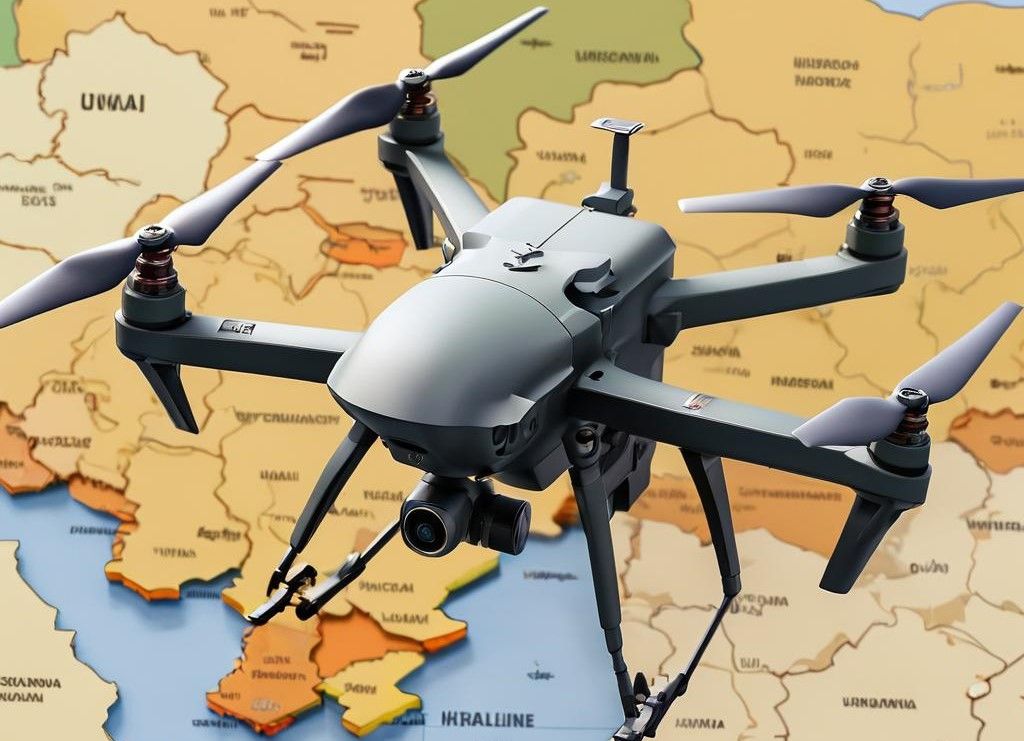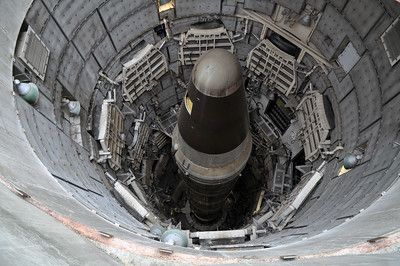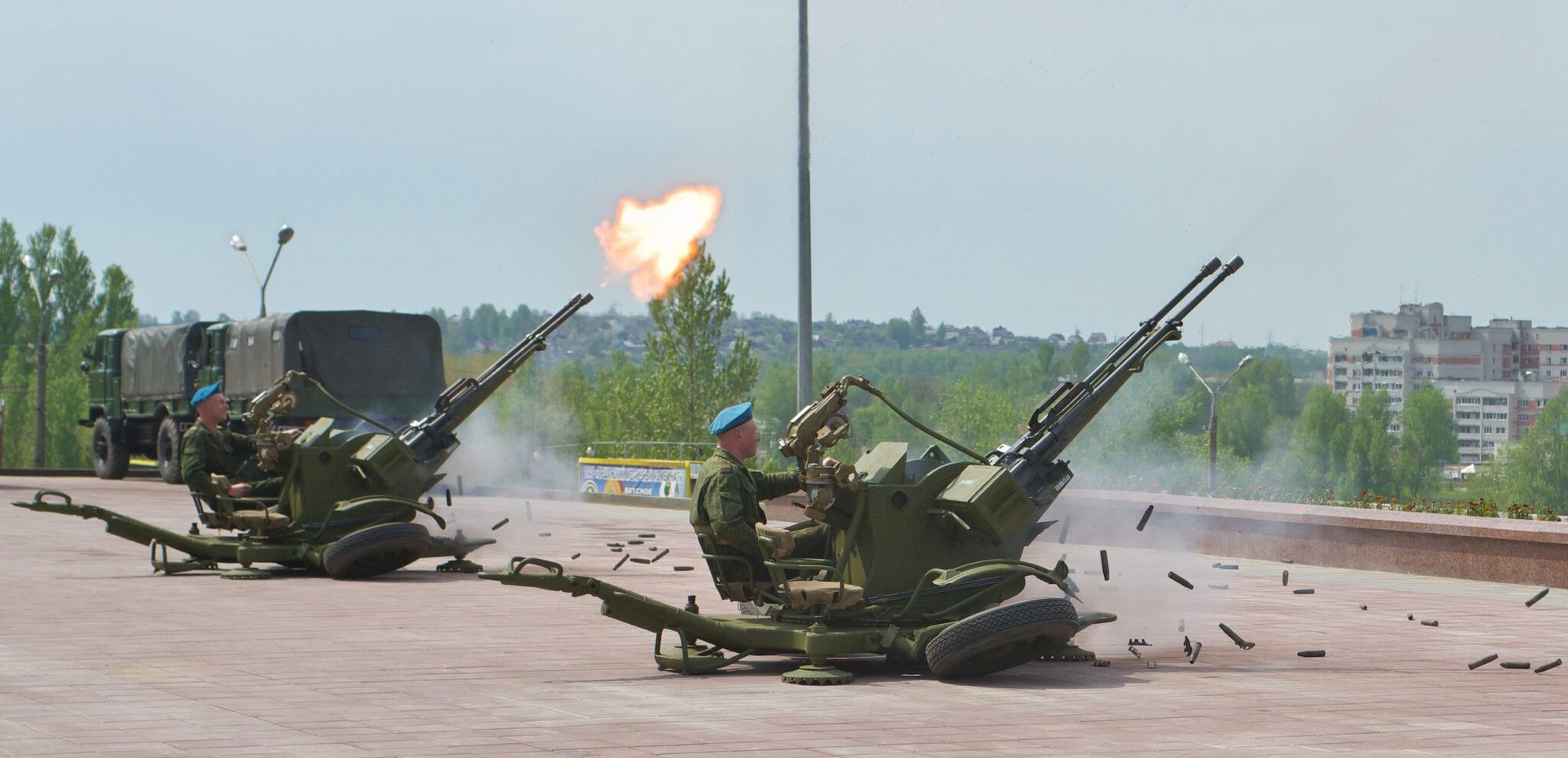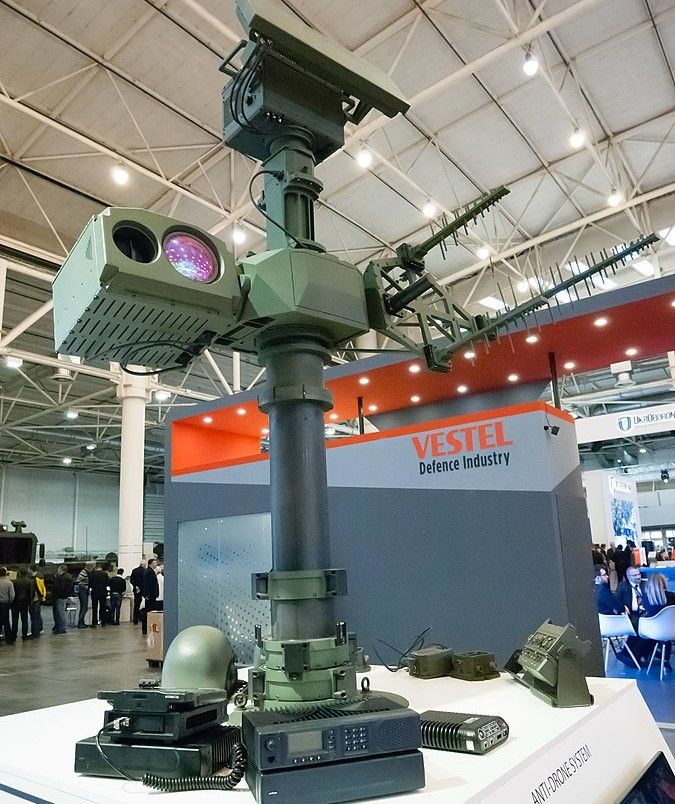What Trump’s Missile Defence Plan Could Learn from Ukraine
How Ukraine’s acoustic counter-drone shield is providing a blue-print for Western air-defence systems.

Alongside immigration, the economy, and the cost-of-living crisis, the issue of national defence is playing a key part in the Presidential election campaign in America. For this reason, former-President Donald Trump has spoken about the possibility of building an ‘Iron Dome’ – a shield that would protect the country from incoming missiles from enemy states.
“We will replenish our military and build an Iron Dome missile defense system to ensure that no enemy can strike our homeland,” Trump stated during the Republican Party convention held in July. “Israel has an Iron Dome. They have a missile defense system. Why should other countries have this, and we don’t?”
He is not the first President to suggest this, as Ronald Reagan looked at length in how to use a satellite defence system to shootdown Soviet ICBM’s – the so-called ‘Star Wars’ program.

But with technology now greatly advanced since the 1980’s is a Trans-American Iron Shield possible?
In a word, “No,” says Joe Cirincione, a national security analyst and author of “Bomb Scare: The History and Future of Nuclear Weapons.” The reason being that (unlike Israel) the continental United States is simply too large an area to afford such coverage.
“[Israel’s] Iron Dome is designed to intercept short-range rockets, not intercontinental ballistic missiles,” he reports in the industry journal Defense One. “Each Iron Dome system can defend an area of roughly 150 square miles. We would need to deploy more than 24,700 Iron Dome batteries to defend the 3.7 million square miles of the continental United States. At $100 million per battery, that would be approximately $2,470,000,000,000.”
While a $2.5 trillion system might be worth it for peace of mind, such a defensive curtain would only be effective against low-cost rockets such as those fired from Palestine into Israel. To protect against inter-continental missiles flown from somewhere such as China would be even more expensive, if at all practical.

However, another solution against incoming airborne attacks has already been established and because of its extremely low price-tag, it has caught the interest of defence ministers all over the West.
“Dubbed ‘Sky Fortress,’”, explains Audrey Decker, a defence industry analyst, “the concept was developed by two Ukrainian engineers in a garage who put a microphone and a cell phone on a six-foot pole to listen for one-way UAVs [drones].”
While having a network of some 10,000 listening devices dotted around the Ukrainian countryside may not sound like a remarkably effective method of detecting incoming drones, the data it provides is literally proving to be a lifesaver.
“About three months ago, Russia sent a salvo of 84 UAVs into Ukraine,” reported Gen. James Hecker, commander of U.S. Air Forces in Europe and Africa, “and the system helped the defending troops shoot down all but four.”
“They put about 9,500 of these within their nation and now they get very accurate information that is synthesized in a central computer and sent out to mobile fire teams. And on an iPad, they get a route of flight of these one-way UAVs coming in, and they have a triple-A [anti-aircraft] gun and a person with six hours of training can shoot these down,” he informed reporters at the Royal International Air Tattoo.
Not only has the system been incredibly effective at informing interceptors of incoming threats, but it has done so at an incredibly low price. Estimates are that each sensor costs less than $500 each, meaning that the whole network costs only $5 million – less that the price of two Patriot air-defence missiles.

Given the money that the US is spending on other expensive defence systems to shoot down low-cost drone and rocket attacks from Houthi Rebels, having an acoustic web to spot and track incoming drones could be an affordable solution to the latest of threats.
“That's why I challenge industry,” Heckler said, “I challenge the NATO air chiefs to come up with cheaper, more creative solutions that will put us maybe, hopefully on the right side of the cost curve, but if not, an equivalent cost curve. Likewise, we need to develop equipment at NATO to put Russia on the wrong side of the cost curve, should we have an Article Five situation.”
“What we're seeing from the Russians is increased use of ballistic missiles, and that's primarily because of North Korea providing ballistic missiles to them, and that obviously concerns us, but we are making sure that we equip Ukraine so that they can deal with that threat,” Hecker added. “A couple months ago, I was a little bit nervous because the Ukrainians were starting to run short on some of the munitions that are required for defense as well as offense. But through the Ukrainian Defense Contact Group, Secretary Austin and the other defense ministers have stepped up to the plate and recently given Ukraine a lot of equipment that they really needed. So that gives me a little bit more hope as we go on.”

As the conflict in Ukraine rages on and the threat of drone attacks continues to loom large, the urgent need for robust anti-drone defence systems has become increasingly evident. Countries like Ukraine need affordable cutting-edge technology to track, intercept, and neutralize incoming rocket and drone threats.
The advantages of the system in place in Ukraine are manifold - not only does it offer real-time detection and tracking of hostile drones, but its advanced algorithms and precision targeting capabilities allow it to engage and destroy these threats with a high degree of accuracy. Crucially, the Iron Dome's rapid-fire response time means it can react swiftly to sudden attacks, minimizing the window of vulnerability and the potential for catastrophic damage.
Investing in anti-drone capabilities akin to the Iron Dome would provide Ukraine and Western allies with a formidable deterrent against the growing drone menace, which has already proven to be a potent asymmetric warfare tactic employed by adversaries. As the nature of modern conflict evolves, the ability to neutralize uncrewed aerial threats will be paramount to safeguarding civilian lives and critical infrastructure.
Photo credit: Nara, TheDefencePost, Wikimedia, Flickr, & Gencraft

